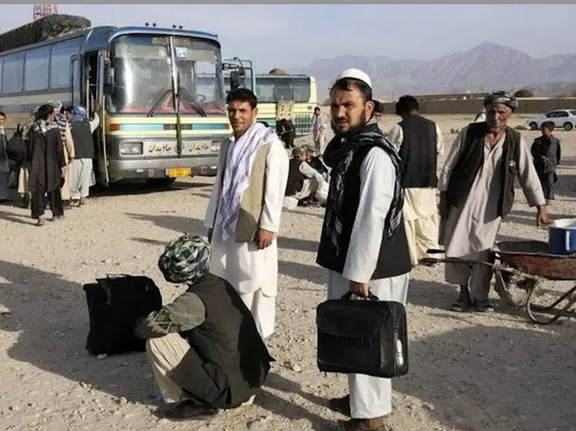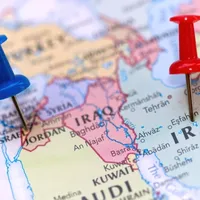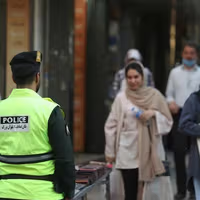Authorities have given undocumented Afghans until July 6 to return to Afghanistan.
490,000 undocumented Afghan immigrants have left Iran over the past 100 days, a deputy governor general in Razavi Khorasan province said on Saturday.
Brigadier General Ahmad-Ali Goudarzi, the Border Guard Commander of Iran’s Law Enforcement Force (FARAJA) announced last week that all rental agreements with undocumented Afghans have been nullified.
Landlords, he warned, would have their properties confiscated if they failed to comply.
Following the conflict with Israel, Iranian security forces arrested several Afghans who allegedly helped Israeli intelligence.
The accused, they said without providing evidence, participated in Mossad operations including surveillance and building drones to strike Iranian targets.
As Iranian officials and state media warned about the security threat undocumented Afghans could pose to the Islamic Republic, anti-Afghan sentiments surged on social media in the days leading to the ceasefire.
Speaking on state television on June 28, Interior Minister Eskandar Momeni said some Afghans who entered Iran in recent years came “with a specific intent to carry out sabotage operations” during the recent Iran-Israel conflict.
“We can’t accept some people to come into our country and harm our security," he said.
Increase in migrants
As inflation and unemployment has mounted in recent months, some Iranians and officials had already been calling to expel the millions of undocumented and impoverished Afghans to claw back jobs and government handouts for citizens
Until the Taliban's return to power in Afghanistan in 2021, the number of Afghans, including 780,000 who held official refugee status, rarely exceeded two million.
The number of Afghans living and working in Iran sharply increased during President Ebrahim Raisi’s tenure, who adopted what critics called an “open border policy.”
Under this policy, Afghans entering on a three-month tourist visa were allowed to extend their stay and obtain work and residence permits. Officials say as many as 4,000 visas per day were issued until recently.
Some officials say over 3 million documented Afghans and an additional 4 million undocumented economic migrants live in Iran now. A small minority of non-refugees are wealthier Afghans who fled after the Taliban takeover.
Surge in forcible returns in recent weeks
A June 25 flash update from the UN Migration Organization (IOM) reported that over 30,000 Afghans have returned from Iran daily following the ceasefire, compared to 3,000–4,000 per day before the conflict.
Returnees face heightened protection risks and require urgent access to safe accommodation, healthcare, and water, sanitation, and hygiene services upon arrival, the report said.
UNICEF reports that 5,000 unaccompanied children are among recent returnees.
Demand for Afghans’ return
Persian-language social media have been flooded with anti-Afghan posts in recent years. Calls for the expulsion of all Afghans were a major topic in last year’s snap presidential elections.
Critics argue that cheap Afghan labor deprives Iranians of jobs and strains healthcare and education systems while increasing government subsidies for essentials like bread, oil and fuel.
However, some Iranians express sympathy for Afghans and condemn their sudden, forcible repatriation. Others point out that life under the Taliban will destroy the lives of many Afghan women who will no longer be able to study or work.
“I am ashamed to see and hear about the manner of deporting Afghans, and I apologize to them. This way of sending them off is imprudent,” wrote Ali-Asghar Shafieian, managing director of the reformist Ensaf News.
“They worked hard in Iran and wouldn’t have migrated if conditions were favorable (at home)".
Warnings about labor crisis
Undocumented and many documented Afghans have provided cheap labor to Iran's industries, agriculture and services sector for decades.
Although employing undocumented immigrants is illegal and their presence is banned in over a dozen provinces, many government contractors for local governments rely heavily on their labor.
In a recent article, Donya-ye Eghtesad, an economic daily, argued mass deportation could create more jobs for low-income Iranians and reduce unemployment, but warned it may also cause labor shortages in construction and agriculture and drive up prices of goods and services.
Iran’s official unemployment rate stands at 7.6 percent, but many believe the real figure is significantly higher, as the government considers anyone working at least one hour per week as employed. Around one-third of Iranians live below the poverty line.









